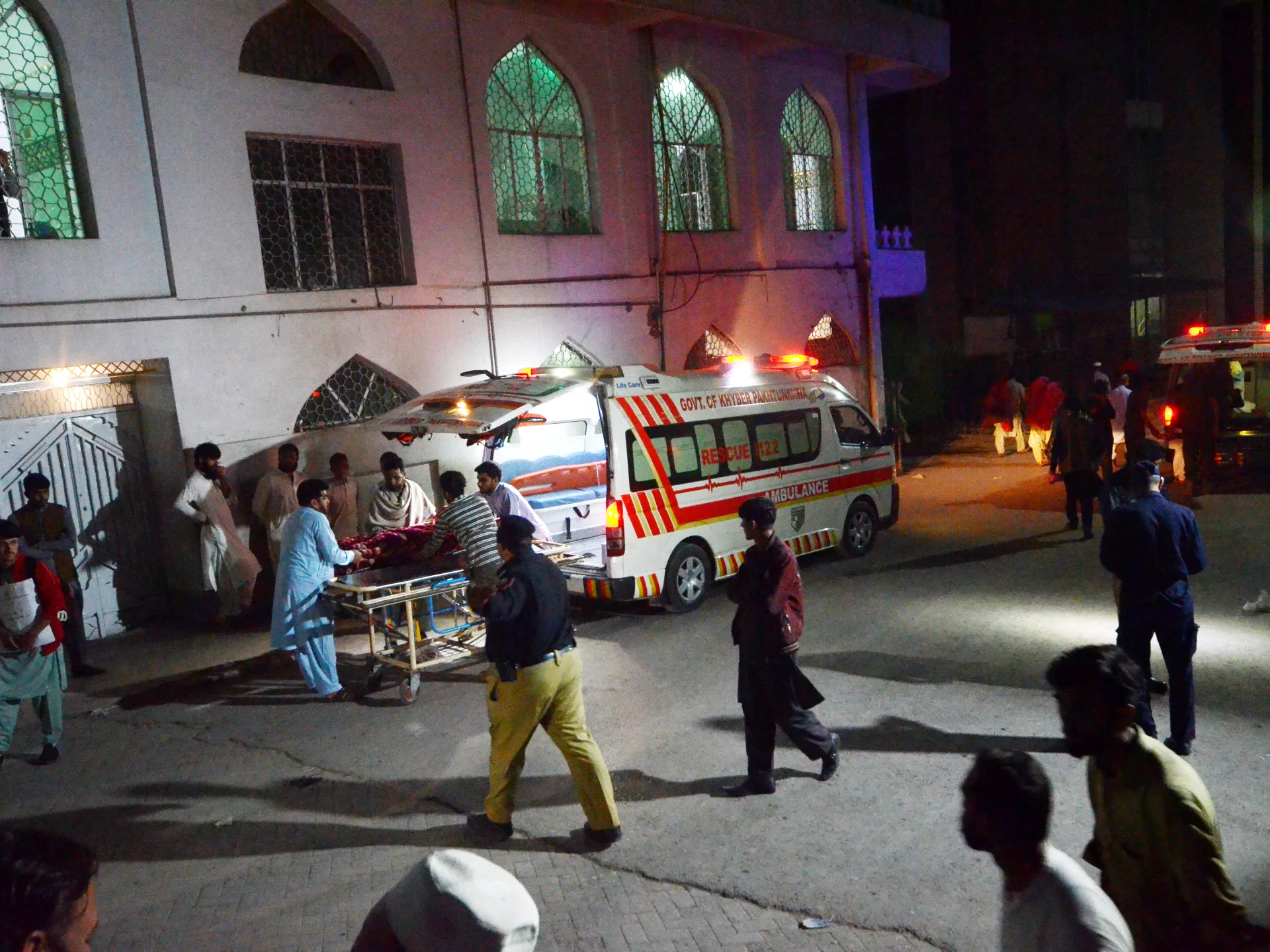Afghanistan Earthquake Kills 600: Taliban Interior Ministry Update
Introduction
The tragedy has unfolded in a country already grappling with humanitarian crises, economic hardship, and fragile infrastructure. With homes flattened, families torn apart, and emergency services overwhelmed, the disaster has once again highlighted the vulnerabilities faced by Afghan citizens in one of the world’s most disaster-prone regions.
This article provides an in-depth analysis of the earthquake, its impact on local communities, the response from authorities, humanitarian challenges, and the global reaction to the catastrophe.
Details of the Earthquake
The earthquake struck early in the morning in a mountainous region of western Afghanistan, with its epicenter reported near Herat province. According to the United States Geological Survey (USGS), the quake measured 6.3 in magnitude, a strength capable of causing widespread destruction in rural areas where buildings are often constructed from mud bricks and lack earthquake-resistant features.
Witnesses reported feeling powerful tremors that lasted several seconds, followed by aftershocks that worsened the damage. Entire villages were flattened, with houses reduced to rubble and residents trapped beneath debris.
Casualties and Human Impact
The Taliban Interior Ministry confirmed that more than 600 people have been killed, though the toll is expected to rise as rescue teams reach remote areas. Thousands of others have sustained injuries ranging from broken bones to life-threatening trauma.
Survivors described harrowing scenes of destruction:
Families losing multiple members in a single collapsed home.
Makeshift field hospitals overflowing with injured victims, with doctors lacking sufficient supplies to treat everyone.
One survivor in Herat city said:
“It was like the ground swallowed everything. Our home is gone.we are digging,but we need help.”
Infrastructure Damage
The earthquake has left a trail of devastation:
Homes: Thousands of mud-brick houses destroyed.
Schools: Several school buildings collapsed, raising fears that children may have been inside when the quake struck.
Hospitals: Medical facilities are overwhelmed, with limited beds, supplies, and trained personnel.
Roads: Landslides triggered by the quake have blocked access to rural villages, complicating rescue efforts.
Given Afghanistan’s already fragile infrastructure, rebuilding these communities will be an enormous challenge.
Taliban Government’s Response
The Taliban administration has mobilized rescue teams, police, and military units to assist in recovery efforts. Spokesperson Abdul Nafi Takoor said emergency shelters are being set up in affected regions, and food, water, and blankets are being distributed.
However, the response has been hindered by limited resources, as the Taliban government faces international isolation and sanctions that restrict its ability to import aid and equipment. Helicopters and heavy machinery, crucial for lifting debris, remain in short supply.
Humanitarian Challenges
The earthquake has struck a nation already facing acute humanitarian crises:
Food insecurity: More than 15 million Afghans face hunger due to drought and poverty.
Healthcare system collapse: Many hospitals lack basic medicines and trained staff.
Economic collapse: Since the Taliban takeover in 2021, foreign aid—once 70% of the budget—has dwindled.
The combination of these factors makes recovery from the earthquake even more difficult. Humanitarian organizations warn of a looming disaster if aid does not arrive quickly.
International Reaction
The earthquake has drawn condolences and offers of assistance from around the world.
United Nations (UN): The UN Office for the Coordination of Humanitarian Affairs (OCHA) said teams are on the ground assessing needs, pledging emergency funds for relief.
World Health Organization (WHO): Mobilizing emergency medical supplies to treat the injured.
Neighboring countries: Pakistan and Iran have both offered aid convoys, rescue teams, and medical assistance.
Western governments: While some remain hesitant to directly engage with the Taliban, humanitarian organizations are coordinating through NGOs to ensure aid reaches those in need.
Afghanistan’s History of Earthquakes
As a result, earthquakes are common and often deadly due to weak infrastructure and unprepared communities.
Recent devastating earthquakes include:
June 2022 (Paktika Province): A 5.9 magnitude quake killed more than 1,000 people.
2015 (Hindu Kush region): A 7.5 magnitude earthquake killed nearly 400.
The latest quake underscores the urgent need for disaster preparedness programs and earthquake-resistant construction.
Survivors’ Struggle
In the aftermath, survivors face immense challenges:
Lack of shelter as winter approaches.
Fear of aftershocks forcing families to sleep outside in freezing conditions.
Limited clean drinking water, raising risks of cholera and other diseases.
Trauma and grief from losing loved ones.
For many Afghan families, this tragedy compounds years of suffering under war, poverty, and instability.
The Role of NGOs and Aid Agencies
Despite restrictions, international NGOs such as the Red Crescent, Save the Children, and Médecins Sans Frontières (MSF) are working on the ground to provide relief. Aid includes:
Tents and temporary shelters.
Medical care for the injured.
Food packages for displaced families.
However, aid groups face logistical hurdles, including blocked roads, security concerns, and Taliban bureaucracy.
Political and Geopolitical Implications
The disaster may also have political consequences:
The Taliban may use the crisis to appeal for international recognition and easing of sanctions.
Neighboring countries like China, Pakistan, and Iran may increase their influence by offering visible aid.
Calls for Long-Term Solutions
Experts argue that short-term aid alone will not prevent future tragedies. Afghanistan needs:
Earthquake-resistant housing programs.
Improved infrastructure like hospitals, schools, and roads.
Disaster preparedness training for local communities.
International cooperation that focuses on humanitarian needs rather than politics.
Without these measures, future earthquakes will continue to result in mass casualties.
Conclusion
The earthquake in Afghanistan, which has killed more than 600 people, is a stark reminder of the country’s deep vulnerabilities. As survivors search for loved ones and communities struggle to rebuild, the need for urgent humanitarian aid is greater than ever.
The Taliban government’s limited capacity, combined with international hesitancy to engage directly, threatens to slow relief efforts. Yet the resilience of Afghan communities, combined with international solidarity, could offer hope amid tragedy.
The disaster is not only a humanitarian emergency but also a test of global responsibility. Will the world step up to help Afghan civilians in their darkest hour, or will politics once again overshadow human need?
http://Afghanistan earthquake kills 600 Taliban interior ministry update



